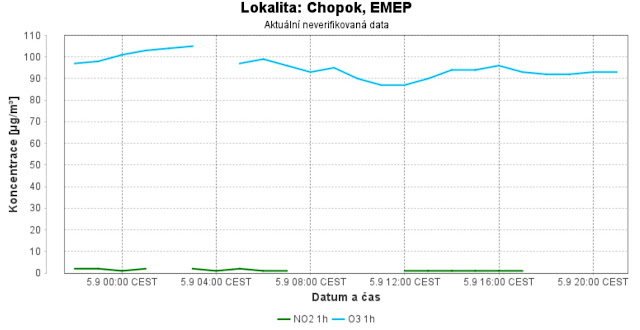Nitric oxide, tissue oxygenation and photobiomodulation, how are they related?

It is interesting how diverse the view of nitric oxide (NO) can be. In the first post , I took information from a researcher who saw only positives. Not even a hint of a balanced view, the voice of a salesman of NO-generating supplements. This view is given by focusing on only one function of NO, namely vasodilation. Although this is an important function, it is not the only one that NO performs. An excess of NO is quite destructive, it permanently modifies enzymes and damages the function of, for example, the nervous system, as I have already commented on . In this post, I take information from one article that deals with the investigation of photobiomodulation. It is a relatively new field, where the tissue is irradiated either with LED radiation or a laser, or perhaps just with a broad spectrum of the sun or a light bulb. There is a lot of ambiguity here and the mechanisms of how it all happens are not known in detail at all. The positive effects are known, but the reproducibility

